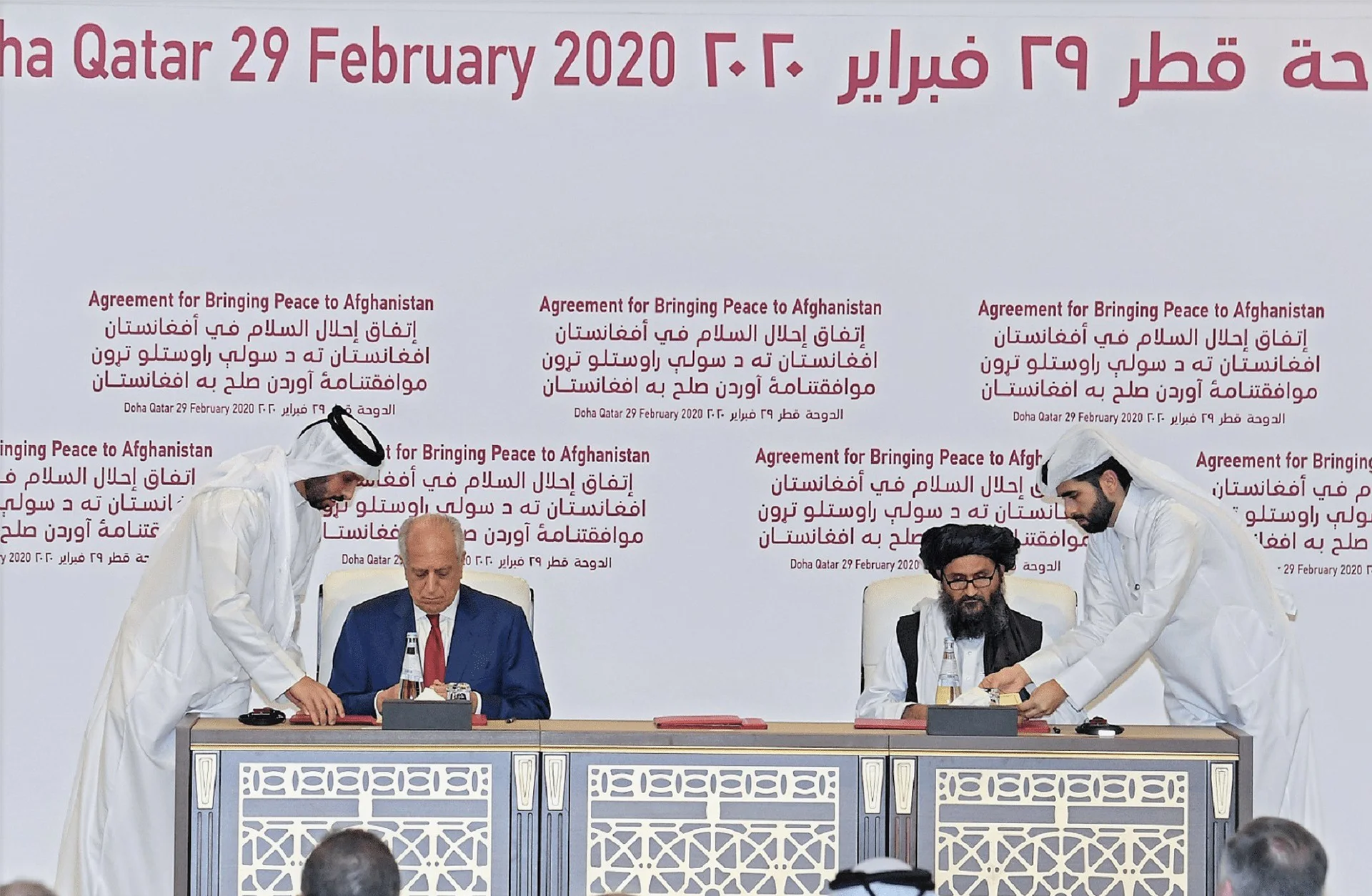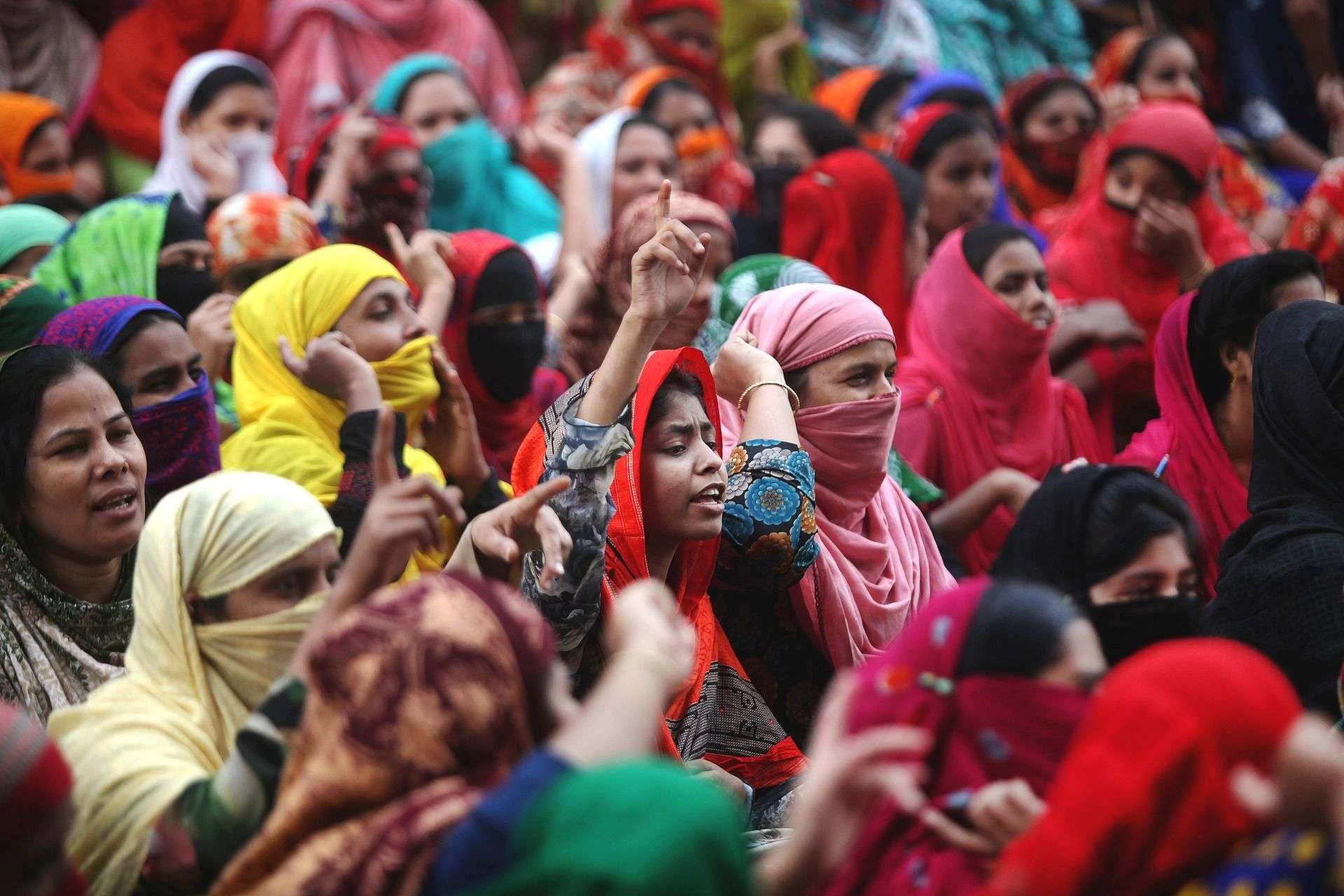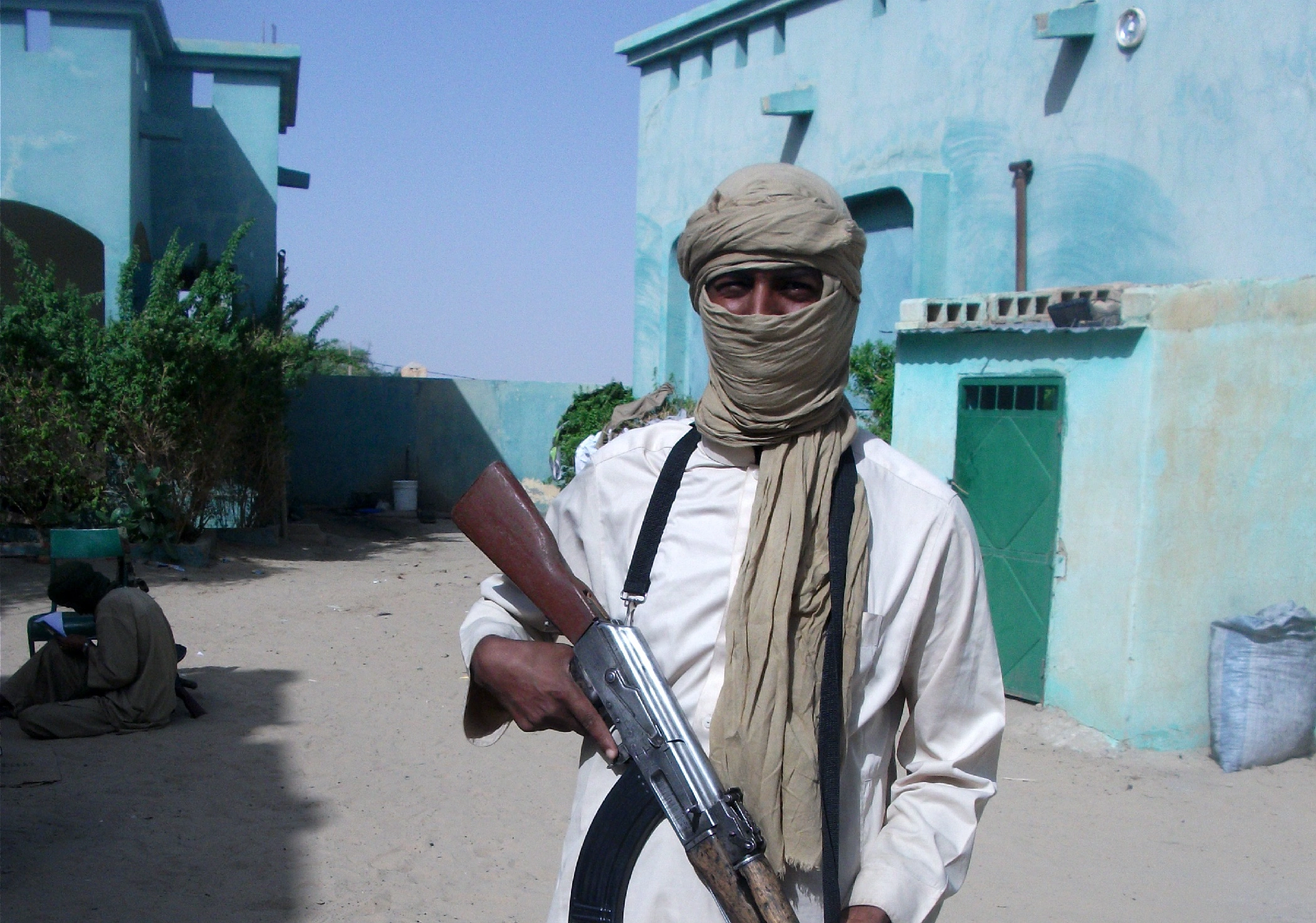Some 40,000 delegates worldwide have gathered in Baku, Azerbaijan for the biggest climate event of the year. As the UN Climate Change Conference (COP29) is happening from 11–22 November 2024, the urgency of addressing the climate crisis cannot be overstated.
Finance COP: A Defining Moment for Equitable Climate Funding
COP29 aims to set ambitious new targets for climate finance this year, making this summit known as the “Finance COP.” Other notable themes on the agenda include: equitable climate financing, scaling up adaptation strategies, and fortifying climate resilience. While these goals are universally critical, the unequal suffering endured by the Global North and Global South in this crisis has cast a harsh light on the disparities that underpin the climate debate.
For South Asia, a region acutely vulnerable to climate change, equitable climate finance is not just a policy priority but a matter of survival.
Countries like Afghanistan, where droughts and flash floods compound existing humanitarian crises, and the Maldives, whose very existence is threatened by rising sea levels, urgently require increased financial support. From rising sea levels in Bangladesh that threaten millions to extreme heatwaves in Pakistan and India and rapidly melting glaciers in the Himalayas, South Asia faces escalating climate risks with each passing year. Addressing these unique challenges requires funding that’s tailored to the region’s specific needs, ensuring that climate finance reaches those who need it most.
Coming back to the main theme of COP29, climate finance, at COP15 in 2009, industrialized nations committed to delivering $100 billion annually to the Global South by 2020—a goal achieved in 2022, two years after the initial deadline. Now, COP29 aims to establish a new collective quantified goal (NCQG), a more ambitious target to accelerate climate finance for a just transition in lower-income countries. Estimates indicate the Global South needs at least USD 1 trillion annually, far exceeding current commitments. Key decisions include the scale of funding, contributors, duration, mechanisms, and whether it will cover loss and damage.
For South Asia alone, billions are required annually to address climate adaptation, mitigation, and loss and damage. Without substantial support from the Global North, South Asian nations risk falling further behind in the fight against climate change, unable to implement critical measures that could save lives, ecosystems, and livelihoods.
Also See: COP27: Unraveling ‘Loss and Damage’
Loss and Damage: Financing Irreversible Climate Impacts
Another pressing discussion at COP29 revolves around financing the unavoidable impacts of climate change, known as “loss and damage.” This term covers both tangible losses, such as lives and infrastructure, and less quantifiable ones, like the loss of biodiversity and cultural heritage.
At COP28, countries approved the creation of a Fund for Responding to Loss and Damage, appointed its first executive director, and selected the Philippines as its host. Yet, despite an initial $700 million pledge, the fund has seen no additional contributions.
This shortfall is stark against the estimated USD 400 billion in annual losses the Global South endures. COP29 is expected to bring more pledges, with hopes that payouts could start as soon as next year.
For South Asia, where climate change has already destroyed vast agricultural lands, homes, and cultural sites, the Loss and Damage Fund represents a lifeline. The melting glaciers of the Himalayas, more intense monsoons, and frequent cyclones in the Bay of Bengal are not just statistics but lived experiences for millions in the region, including in highly affected nations like Afghanistan, the Maldives, and Bangladesh. This fund must be accessible to South Asian countries to cover the devastating costs of climate-induced losses and help restore communities and ecosystems.
Adaptation Finance: Balancing Mitigation and Resilience
Adaptation finance, meanwhile, remains equally critical. While the Global North has committed to doubling adaptation funding to lower-income countries by 2025, this would only reach about $38 billion annually, far from the $187–359 billion required. This underfunding of adaptation compared to mitigation is an imbalance that COP29’s New Collective Quantified Goal (NCQG) discussions aim to address. For nations facing escalating climate impacts, achieving this financial commitment is essential not only to support resilience but also to honour the principle of climate justice.
In South Asia, the disparity between adaptation and mitigation finance is particularly stark. This region urgently needs adaptation funds to support initiatives like Bangladesh’s floating agriculture, India’s early warning systems, and flood management projects across the subcontinent. Afghanistan and Pakistan also require full-bodied adaptation strategies due to their exposure to extreme weather events and the socio-political vulnerabilities exacerbated by climate impacts. Scaling up these adaptation measures would not only protect vulnerable populations but also ensure that South Asia is better prepared to handle future climate impacts.
How Trump’s Election Impacts COP 29
The recent US presidential elections are a game-changer for climate change. With Trump back in office with his multilateralism hysteria, financing would be difficult.
The U.S. president-elect, who has repeatedly denied the climate crisis, has pledged to withdraw the U.S. from the Paris Agreement once again, labeling it a “rip off” of the United States and a “disaster” for the country. as he did during his first term during his campaign.
This plan mirrors his actions during his first term when he officially exited the agreement in 2020, claiming that adhering to its commitments would lead to significant job losses and economic harm. He noted that compliance with the Paris Accord could result in “2.7 million lost jobs by 2025,” including “440,000 fewer manufacturing jobs“.
There is even a risk his administration might quit the UN Framework Convention on Climate Change entirely. If the U.S. exits the Paris Agreement, it would free the country from any climate commitments and other major players like China and the Gulf states may be unwilling to contribute without U.S. involvement.
Trump’s focus on an “America First” energy policy emphasizes the expansion of fossil fuel production, including a commitment to vastly increase oil and gas supplies. He has previously stated, “We have more liquid gold than any country in the world,” which reflects his intention to prioritize energy independence over environmental sustainability. This could further exacerbate greenhouse gas emissions, as recent analyses show a direct correlation between increased fossil fuel production and rising global temperatures. Projections indicate that should the U.S. ramp up fossil fuel production as Trump plans, it could counteract the progress made in reducing emissions from renewable energy sources and energy efficiency improvements instigated under the previous administration.
Climate Justice and Responsibility: Global North vs. Global South
COP29’s outcome will determine whether the global leaders are committed to a unified approach that recognizes a shared future while addressing historic responsibilities. Climate justice requires that those who have gained the most from industrialization and fossil fuels take concrete steps to alleviate the suffering of those who have gained the least yet suffered the most. True global solidarity means that climate financing targets are met, adaptation funding is prioritized, and the voices of the Global South are centered in decision-making processes.
In a region where over 600 million people are below the poverty line, South Asia’s demand for climate justice is a call for survival, not charity. Countries like Afghanistan, the Maldives, Pakistan, and Bangladesh are on the front lines of climate change and require international support to build resilience and adapt to a rapidly changing climate. Fairness is the foundation of climate action, and COP29 must recognize that without specific commitments for South Asia, millions will continue to bear the consequences of actions they had little part in causing. Young people, Indigenous communities, and rural populations across South Asia depend on COP29 for a future where they are both protected from and empowered to fight against climate change.
In the battle against climate change, fairness is the foundation for effective action. And only with fairness can COP29 be remembered as a milestone in our shared journey toward a sustainable future.






